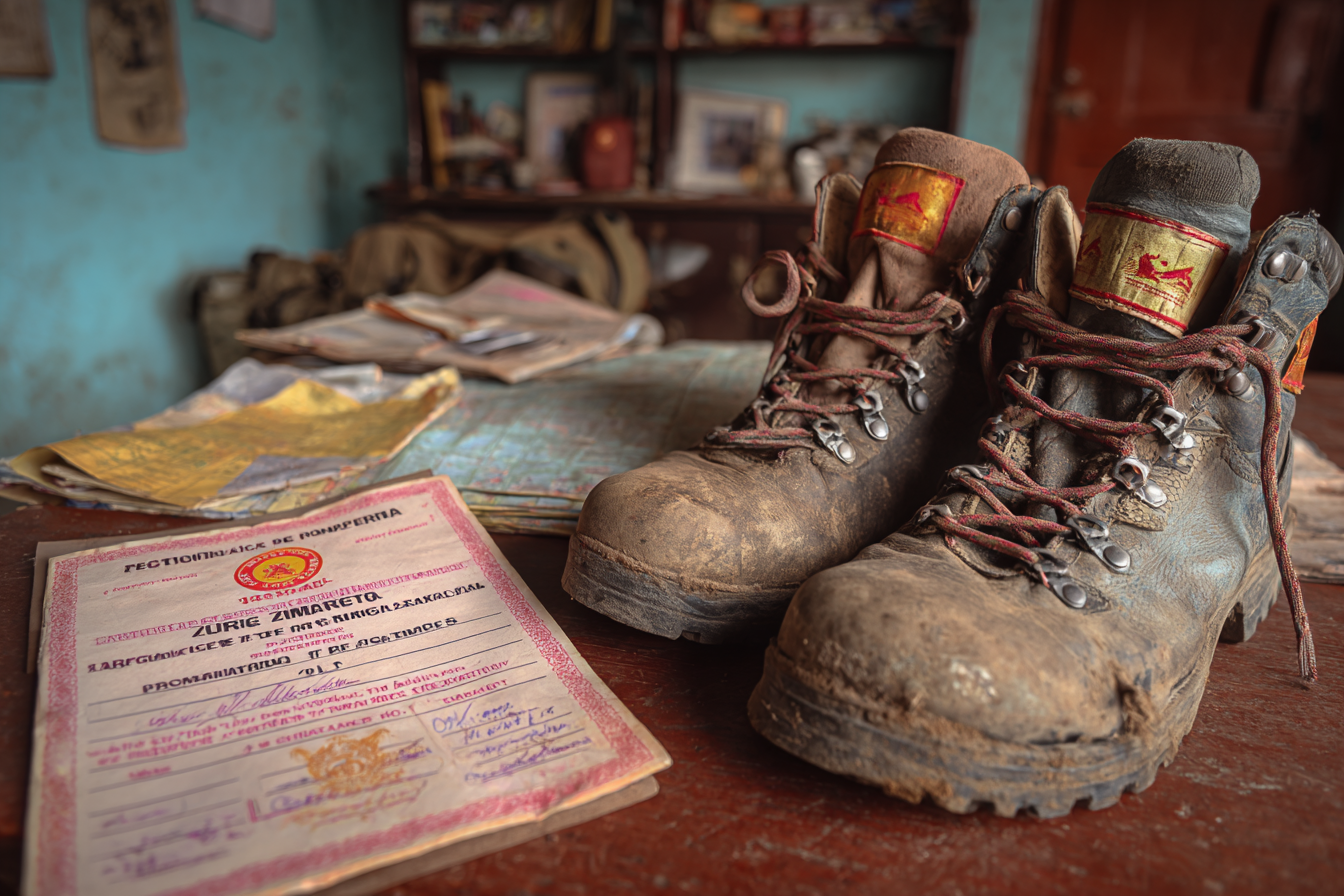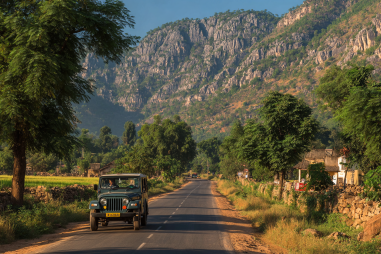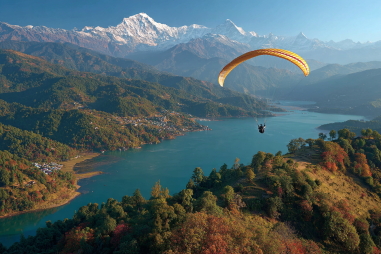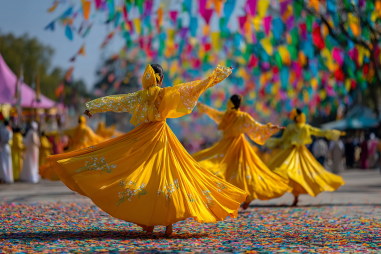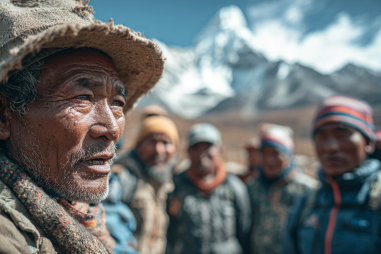Lukla, often regarded as the gateway to the Everest region, is a bustling starting point for trekkers aiming to explore the Himalayas. However, before setting foot on these iconic trails, it’s essential to obtain the right permits and understand the regulations that protect both visitors and the fragile mountain environment. In this complete guide, we’ll walk you through everything you need to know about Lukla trekking permits and regulations, ensuring your adventure is both legal and responsible.
Overview of Popular Trekking Permits Near Lukla
When trekking from Lukla, especially on routes heading towards Everest Base Camp or other nearby destinations, there are specific permits that most trekkers must obtain. The two primary permits are the TIMS card and the Sagarmatha National Park permit. These documents not only regulate tourism but also support conservation efforts and the local communities in the region.
Besides these, other permits may be required depending on the specific region and length of your trek. It’s always best to confirm the required permits based on your itinerary before you head out.
TIMS Card and Sagarmatha National Park Permit
The Trekker’s Information Management System (TIMS) card is mandatory for anyone trekking in Nepal’s popular trekking regions, including Lukla and its trails. The TIMS card functions as an identification and safety tracking document, helping authorities monitor trekkers’ presence in remote regions.
Alongside TIMS, the Sagarmatha National Park permit is required if your trek takes you through the national park, which encompasses the Everest region. This permit helps fund conservation and maintain the park’s infrastructure.
Both permits serve important roles: the TIMS card for coordination and safety, and the Sagarmatha National Park permit for environmental protection and park management.
Where and How to Obtain Permits
Obtaining these permits is a straightforward process, though preparation can save time and hassle:
- In Kathmandu: You can get both TIMS and Sagarmatha National Park permits at the Nepal Tourism Board (NTB) or through licensed trekking agencies. Many trekkers prefer this option as it allows for obtaining permits before arriving in Lukla.
- In Lukla: Permits can also be purchased at designated offices in Lukla, though availability and processing times may vary, especially during high season.
Travelers trekking independently typically need a valid passport and passport-sized photos to apply. When using trekking agencies, they usually handle permits for you as part of the package, simplifying the process.
Costs and Validity Information
Understanding the costs and validity period of trekking permits is crucial to budgeting and planning your trek:
- TIMS Card: For individual trekkers, the TIMS card typically costs around $20 USD, and for organized groups, there is a discounted rate of about $10 per person. It is valid for the duration of your trek in the designated regions.
- Sagarmatha National Park Permit: The permit fee is approximately $30 USD per person and must be presented to enter the national park. The permit is generally valid for one-time entry during your trek.
Fees are subject to change so checking with official sources before traveling is wise. Keep your permits safe throughout your journey as you may need to show them several times.
Rules and Regulations to Follow on Trails
Permits come with a set of important rules designed to protect trekkers and the environment. When trekking from Lukla, always adhere to these guidelines:
- Always carry your TIMS card and Sagarmatha National Park permit and show them at checkpoint gates when requested.
- Stick to marked trails to avoid damaging vegetation and disturbing wildlife.
- Respect local customs and communities along the way.
- Never attempt to enter restricted areas without proper authorization.
- Ensure you follow the Leave No Trace principles: carry out all your waste, avoid littering, and minimize your impact.
These regulations help preserve the trekking environment and ensure safety for everyone.
Penalties for Non-Compliance
Failing to obtain required permits or not following trekking regulations can lead to serious consequences:
- Trekking without a TIMS card or national park permit may result in hefty fines imposed by park rangers or local authorities.
- In some cases, unauthorized trekking can lead to forced evacuation or being barred from continuing your trek.
- Breaking environmental regulations can damage Nepal’s natural heritage and may result in penalties or being blacklisted from future trekking activities.
Respecting permit requirements is not only a legal obligation but also part of responsible travel ethics.
Tips for Smooth Permit Processing
To avoid unnecessary delays or issues with your permits:
- Apply as early as possible, especially during peak trekking seasons (spring and autumn).
- Use a reputable trekking agency if unsure about handling permits yourself.
- Carry multiple copies of your passport and passport-sized photos, which are often needed for permits.
- Stay informed of any changes in permit fees or regulations by checking official websites or local sources before your trek.
- Keep your permits secure and ready for inspection during your journey.
Environmental Regulations and Responsibilities
Besides official permits, environmental stewardship is a vital aspect of trekking near Lukla. Given the region’s fragile ecosystem, trekkers have a responsibility to:
- Minimize plastic use and avoid disposable items whenever possible.
- Participate in or support local conservation initiatives.
- Respect wildlife habitats by maintaining a safe distance and not feeding animals.
- Use eco-friendly sanitation methods and dispose of waste properly.
- Travel with certified guides who understand and enforce environmental protocols.
By following these practices, you contribute to preserving the stunning landscapes and natural wonders for future trekkers.
Embark on Your Lukla Trek Well-prepared
Trekking from Lukla opens the door to some of the most breathtaking mountain experiences on the planet. Securing the correct permits and understanding the regulations are fundamental steps in respecting the culture, environment, and safety of the region. With your TIMS card, Sagarmatha National Park permit, and awareness of trail rules, you can focus on the incredible adventure ahead, enjoying Nepal’s majestic peaks and vibrant local communities responsibly and worry-free.

